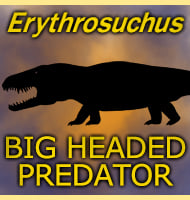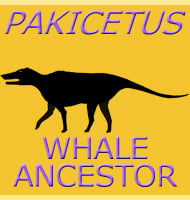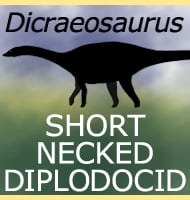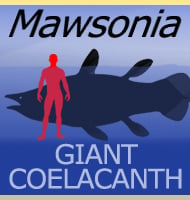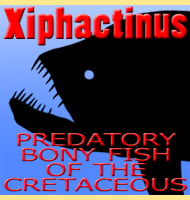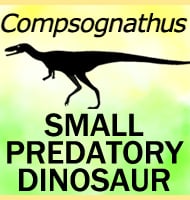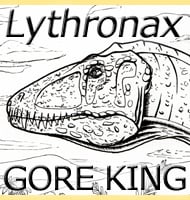In Depth
Paludidraco is a genus of nothosaur known to have lived in Western European waters of the late Triasssic period. Paludidraco is thought to have been similar to the Simosaurus genus, yet while Simosaurus is thought to have been an active predator, the markedly different dentition of Paludidraco suggest a different lifestyle. The jaws of Paludidraco are notably lightweight, and the teeth quite small but very numerous. When the jaws closed, these teeth meshed together. One possibility is that Paludidraco may have cruised around near the ocean floor and taken mouthfuls of soft sediment from the sea floor. With a shaking head action, the sediment particles would be sieved out from the sides of the mouth, while any invertebrates within would remain inside so that they could be swallowed.
Further Reading
- New highly pachyostotic nothosauroid interpreted as a filter-feeding Triassic marine reptile. - Biology Letters 14:20180130. - C. de Miguel Chaves, F. Ortega & A. P�rez-Garc�a - 2018.



